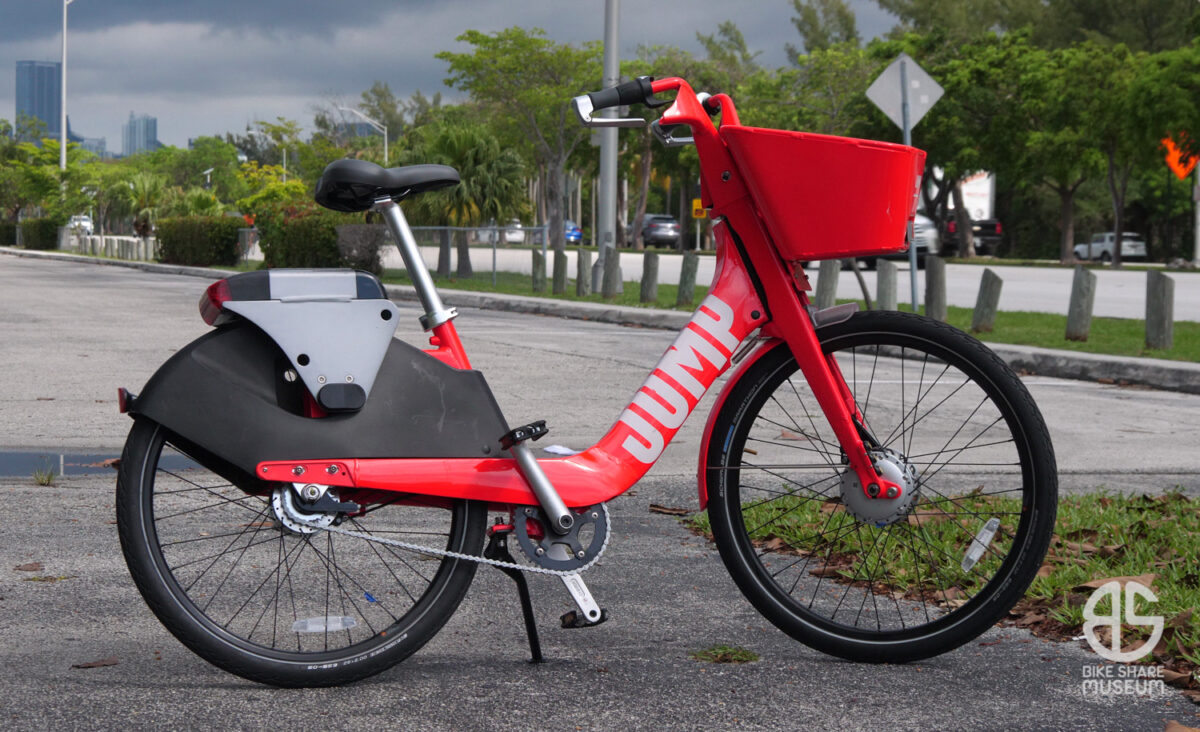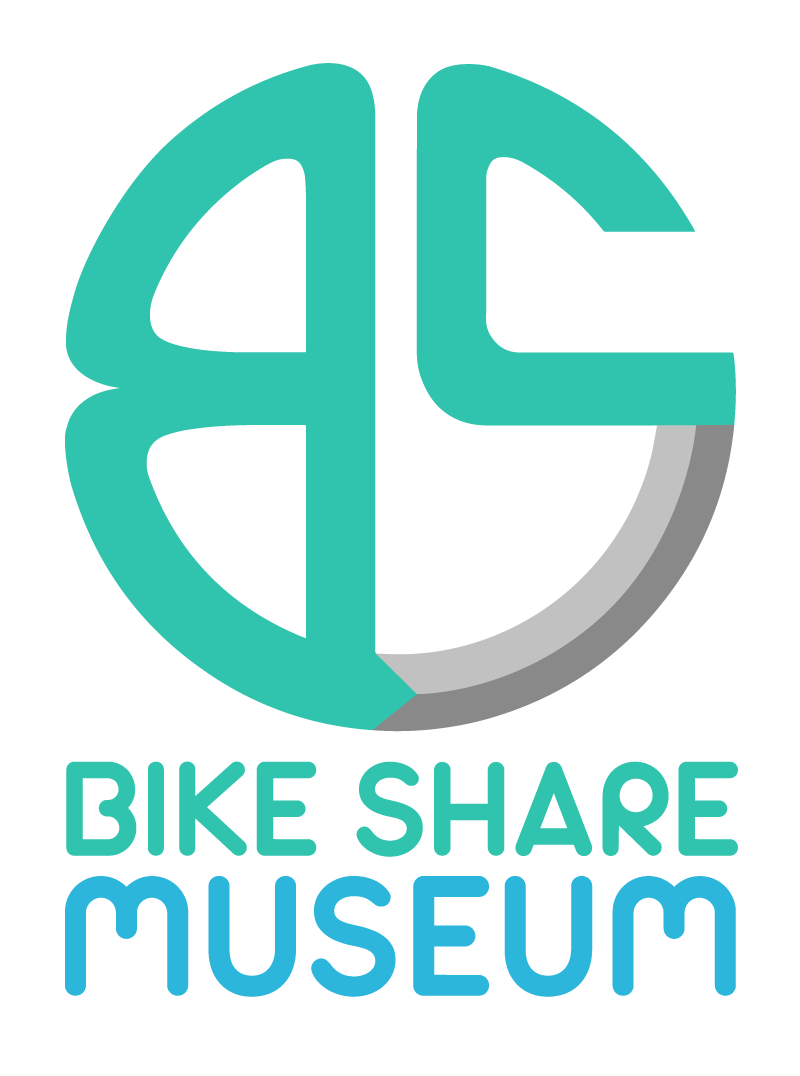Bicycles. Long thought to be a child’s toy in America, but lurking beyond this limited point of view is the most efficient machine on earth; a fantastic tool of transportation.
With some localized exceptions, it wasn’t until the brief “1970s bike boom” that the bicycle – in America – was briefly recognized as a cheaper, efficient, and enjoyable form of transportation than the personal automobile. But without government support for safe bicycle networks and protected bike lanes, the bike boom became yet another passing trend. Plus, cheap road bicycles were the ill-fitting tuxedo of bicycles back then, and while sensible English-inspired 3-speed city bicycle were still available, the vox populi deferred to the trend.
Barely a decade later, the mountain bike craze hit the States, killing off the remaining sales of any truly practical bike. For 20 years on, the US bicycle market followed the trend, ensuring that any average person would see the bicycle as uncomfortable. The “hybrid” was developed to split the difference, but it was a poor substitute for the classic city bicycle.
But bicycle transportation has once again come to the public’s light, throughout the world. Even automotive journalist grouch Jeremy Clarkson – who has tried in vain to criticize bicycles as transportation – has admitted that cities that prioritize bicycle transportation are a brilliant, sensible thing.
Even comfortable, internally-geared bicycles are coming back in style, and the bicycle sharing/rental companies have been extremely intelligent in copying these designs, with a modern take.
But still, a comfortable bicycle isn’t enough to make bicycle transportation popular, accessible, or safe. You need a network of…
Protected bike lanes:
America’s car-centric city design of the past 60 years has done the bicycle (and the person on foot) no favors.
Most people are careful enough to realize that “sharing the road” with our distracted and aggressive driving public is not a wise idea, regardless of what misdirected advocacy campaigns would like you to believe. A fair knowledge of road rules and a helmet do not constitute sufficient protection for people on bicycles.
But protected bike lanes – and intersections – do provide that protection. A few US cities have made exceptional strides towards this accessibility by installing these lanes on their streets, thus providing a safe network for anyone who may wish to ride a bicycle from point A to B. These designs are long established in European cities and proven to work – for safety, for encouragement, and for local economy.
These lanes are an absolute necessity for bicycle transportation to survive in the first place, and – as such – mobility sharing systems, including scooter share, necessitate this sort of infrastructure to survive in urban areas. Case in point, the lack of this infrastructure, combined with a lack of government support, led to the decline in bicycle share in Miami-Dade County.
Put simply, bike encouragement can only be sustainable given the right infrastructure. But it is possible to get there.
Dedicated dockless parking
A frequent criticism of dockless services is that they create sidewalk clutter. Seattle, Austin, and Chicago – among others – have solved this problem by providing dedicated dockless parking areas, in the same way our cities provide street parking for automobiles.
With dedicated parking at the end of each block, the convenience of dockless can be maintained without the risk of clutter, solving the sidewalk access issue.
However, we should note that it is absolutely imperative that these spaces use existing areas of tarmac used for automobile parking, rather than valuable sidewalk space. Sidewalk area is at a premium – especially in Miami – and putting dockless parking on it tends to defeat the purpose of removing clutter. Additionally, since bicycles and scooters don’t work well on sidewalks (thus making protected bike lanes even more important – vehicular cycling is not safe for the average rider, despite what many advocates would like you to believe), it’s not intuitive to put parking for it in the same place where riding is either less than ideal (or often restricted). Sidewalk-striped parking just sends the wrong message.
Electric assist for equity

We’ve had the opportunity to ride everything from the latest Specialized Venge Pro to our personal collection of 1950’s Raleighs and can appreciate the latest in lightweight bike tech whizbangery as much as a simple, honest city bike.
We find the motor-assisted revolution fascinating and appreciate electric assist equally so – especially for bike share. Pedelecs – e-bikes that don’t have a throttle, but provide motorized assistance based on your pedaling input – make bicycle commuting accessible to someone with knee difficulties, lack of strength, or the need to commute in humid weather and still arrive at the office presentably. Plus, they make hills a non-issue.
We had the opportunity to ride Jump’s first-generation e-bike recently (even though it’s not available in South Florida – we nagged the poor folks at Jump to bring their one demo bike out to an event), and would give our two back teeth just to ride it again. And two more to have one in the Museum. It’s a game-changer.
And yes, we are aware that the hallowed Michael Colvile-Andersen – former CEO of the Copenhagenize Design Company and generally one of the world’s best-known advocates for excellent bicycle infrastructure – has made it quite clear that he does not like e-bikes.
We also know that he ticked off many, many families that rely on e-bikes and cargo bicycles as the family SUV when he said so on Twitter.
We are for mobility equity. Draw your own conclusions.
Bike share and infrastructure in underprivileged communities
Ever since the local governments of the Greater Miami area began regulating dockless services, access has become a major issue. Almost all bike fleets have been retired or stored in favor of scooters (save for the recent addition of HOPR to the Downtown and Miami Beach areas), and the remaining service areas that have been carved out of the “touristy” areas of the city – Miami Beach, Downtown Miami to Coconut Grove, and Coral Gables.
Yet, bike share is much more affordable transportation than an automobile, and thus benefits communities that are less affluent. Opa-Locka and Miami Gardens do not have these services, bicycle or scooter. These are services that could improve the quality of life in these areas.
Case in point, not only do similar neighborhoods in New Orleans have e-bike share (through Blue Bikes), the city is “committing to build up to 75 miles of protected bike lanes over the next two years.” Now that’s bicycle access equity in action (much of it helped through the local advocacy organization, Bike Easy).
Geofenced speeds for electric assist
Electric assist bicycles and scooters do have one facet that conventional bike share bikes do not have: Ease of speed. Fact is – eventually – someone thinks they’re Steve McQueen on their scooter and begins recklessly chasing an imaginary Dodge Charger – with predictable results in highly walkable areas.
Instead of outright bans though, some services have taken an intelligent approach and geofenced the top speed that the vehicles will achieve – Lime did this on Venice Beach Boardwalk in Los Angeles. By doing so, mobility benefits are not put in jeopardy due to a few irresponsible individuals.
What do we do about people who vandalize dockless vehicles?
People who vandalize and abuse dockless vehicles do not care what we have to say about it. They’re horrible human beings.
Mic drop.

